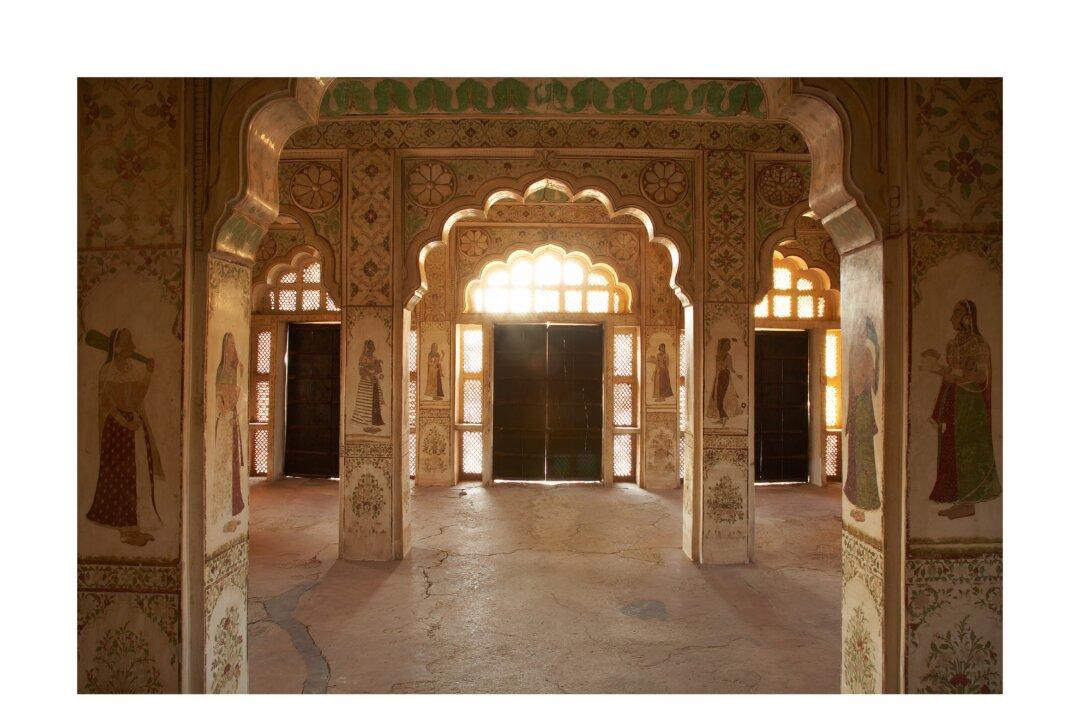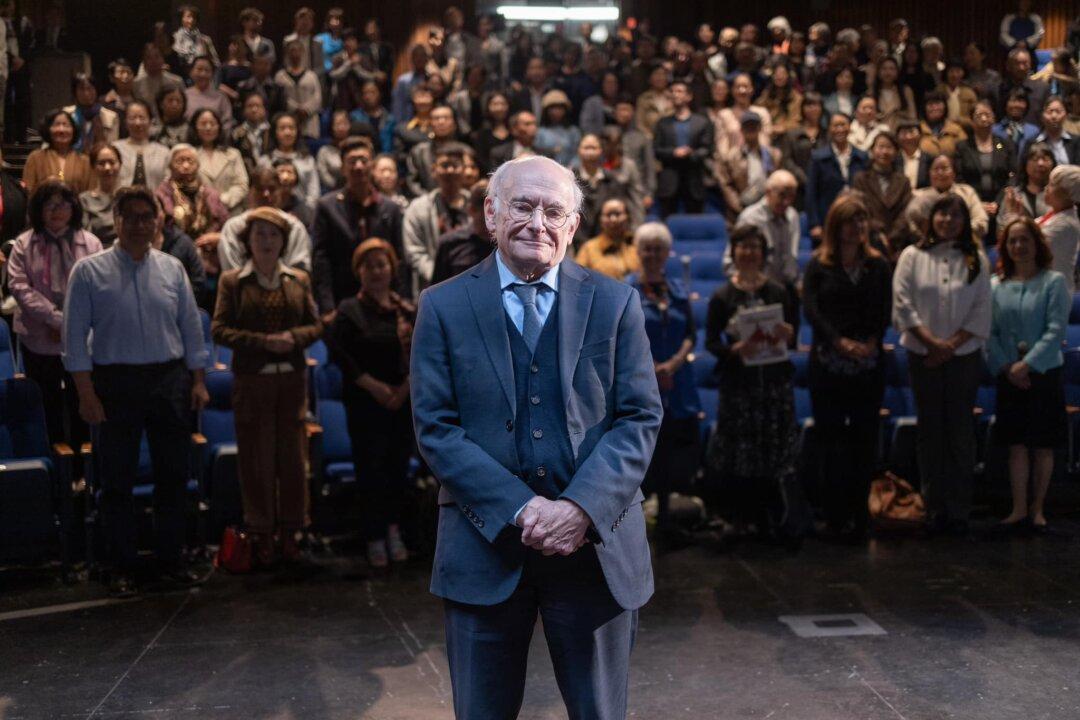TORONTO—Anyone who has experienced an artistic masterpiece, whether it be a painting, a musical composition, literature, or another art form, may have realized that the work does not only tell its own story, but it often also resonates with the observer’s own quest for inner meaning.
This feeling may result from the remarkable ability of the artistic work to capture real life, and perhaps even more so from its ability to reflect realms beyond our own world.





